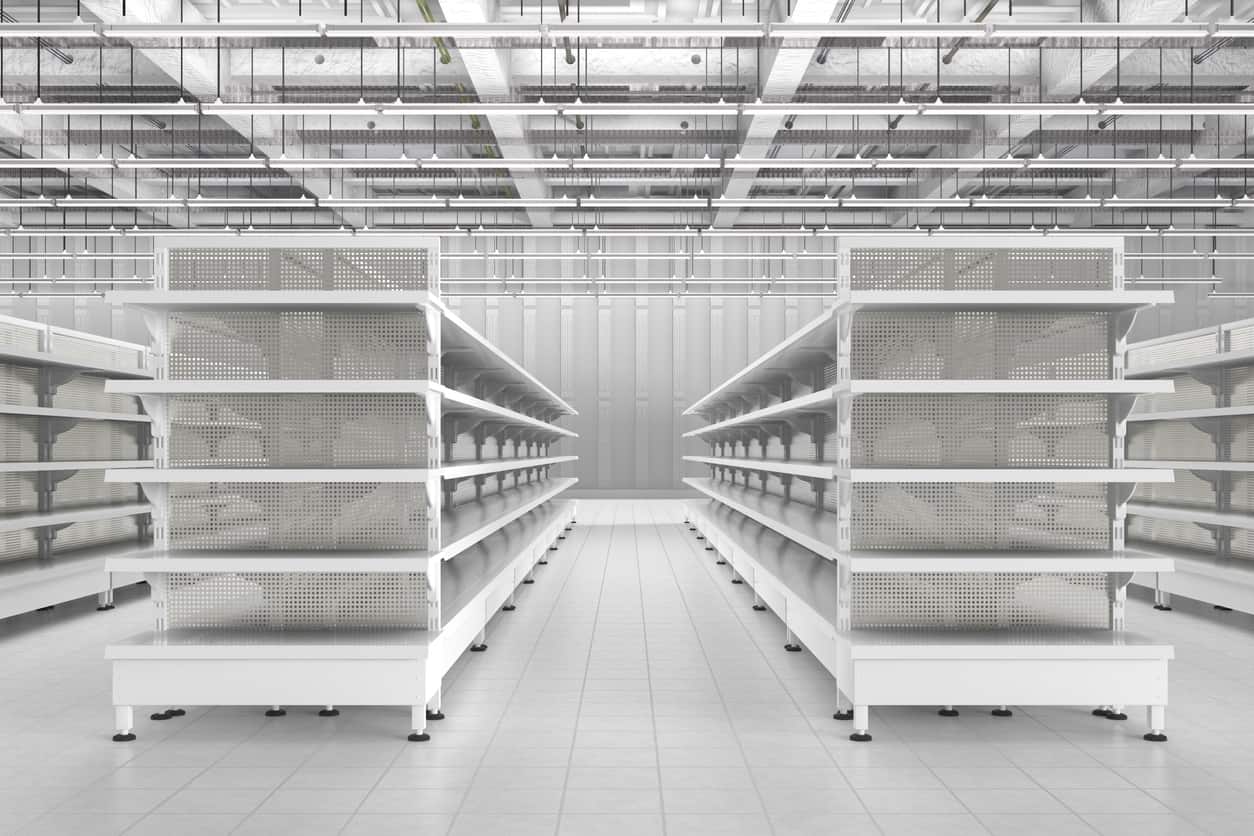ESG data provider, Fair Supply Analytics, has produced technology that maps the impact of COVID-19 on global supply chains, and can be used by investors to measure their investment portfolios exposure to the sectors and countries most effected.
Fair Supply Analytics, which can model issues related to the Sustainable Development Goals and has 30 clients using its modern slavery reporting, has remodelled its multi-regional input output table to measure supply chain disruption due to COVID-19.
Using an industrial mathematical approach, disruptions to the economy and related supply chains to a level of 10 tiers, can be measured at a global scale.
The supply chain data has been collected over the past 10 years – originally for an academic research project looking at environmental assessments – and measures about 99 per cent of global GDP.
About five billion supply chains can be modelled across 189 countries, according to chief technology officer, Arne Gerschke, with 16,000 economic sectors measured over a time series for each year tracking back to 1990.
The model reveals vulnerabilities in global supply chains and can help investors measure those exposures to potential disruptions, says executive director of the tech startup, Kim Randle.
“Using the technology, investors can analyse if they rely on certain economies to function,” she says.
There are a number of examples where there are very limited sources of raw materials, for example coltan used in the electrical components of mobile phones is only found in central Africa.
“Toothpaste has a very strange supply chain. It is manufactured in China but contains whitening pigment from South Africa. A very specific raw material, ilmenite, is used in the pigment and that is only available in Madagascar. If that country gets impacted by COVID-19 that will dry up,” Gershke says.
“Products gain value as they travel through the supply chain and each node or stop in the global supply chain is provided by people. For example turning steel into a car, it’s cheaper to pay for the parts than the final product because you need people to work on the parts. These things come to a grinding halt when an economy shuts down. We can calculate the percent of value generated in each country in the value chain, and how that percent is affected. If the supply chain shows a small contribution from a country then there’s probably an alternative supply chain. But if it is a large contribution from a particular country then there is something unique from that country and the impact could be large.”
Randle says that supply chain transparency has never been more important.
“In times of COVID-19 induced disruptions, the availability of value adds are restricted in many countries due to political measures such as lockdowns or mandatory self-isolation. As a result, essential value-added components such as skilled labour or the availability of capital are limited. This not only disrupts the economy locally, it severely impacts supply chains on a global scale,” she says. “Our new tool provides governments and corporations with the visibility they require to prudently navigate the immense disruptions resulting from COVID-19.”
As lockdowns around the world continue, stockpiles will be used up and certain goods and services will experience shortages due to disrupted supply chains. By measuring the TiVA across the entire supply chain, organisations have the exposure data that they need to begin long term contingency planning as a result of COVID-19.



